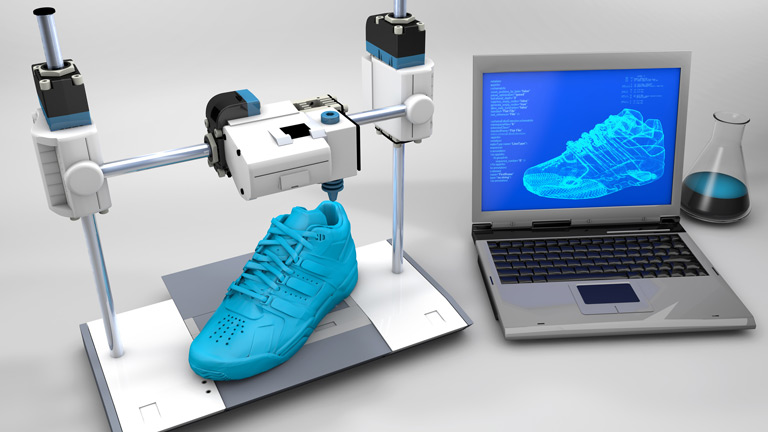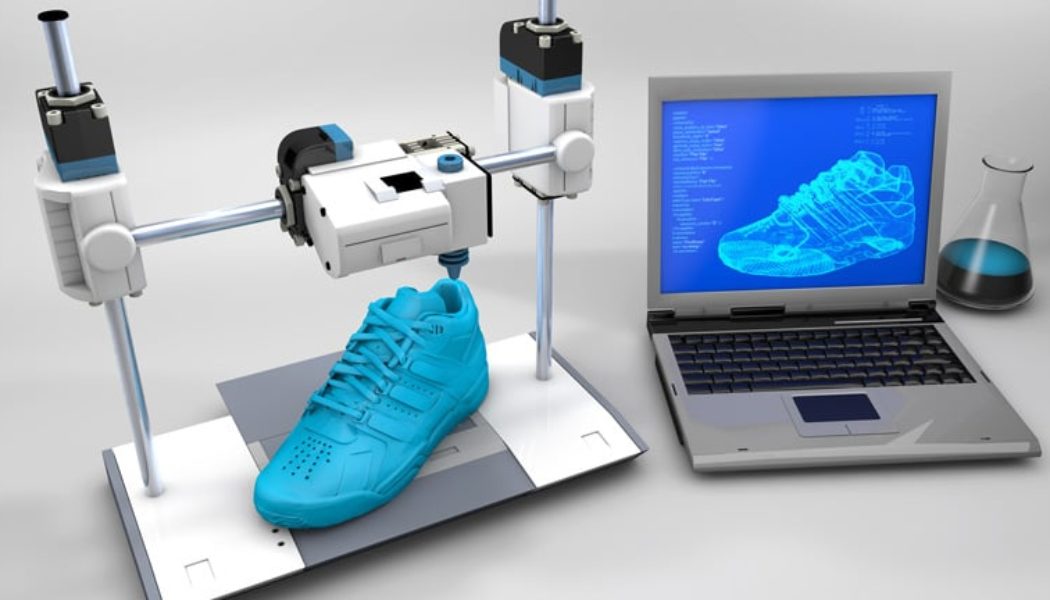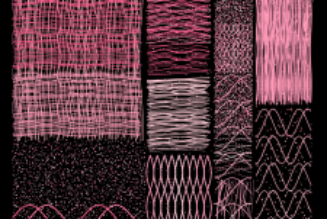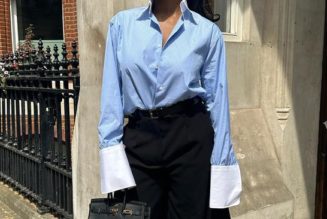
In a recent study commissioned by the Additive Manufacturer Green Trade Association (AMGTA), Stratasys has showcased the environmental benefits of additive manufacturing in the fashion industry. This collaborative report, “Comparative Analysis: 3D Material Jetting vs Traditional Methods for Designer Luxury Goods,” presents the results of a year-long partnership between AMGTA, Stratasys and the DYLOAN Bond Factory, a Pattern Group company. The research demonstrates that Stratasys’ PolyJet material jetting approach can significantly reduce carbon dioxide equivalent (CO2e) emissions by 24.8% compared to traditional injection molding, thereby saving 48% of stock material throughout the supply chain.
The study focuses on the transition from traditional manufacturing methods to advanced additive manufacturing, specifically the creation of 16,000 units of a logo applique for 8,000 pairs of luxury designer shoes. These appliques are printed on fabric using the Stratasys J850 Fashion TechStyle printer. The key findings include:
- A 24.8% reduction in CO2e emissions when compared with traditional processes.
- Potential savings of almost one metric ton of CO2e.
- A 49.9% reduction in stock material across the supply chain.
- A water-less process, potentially saving over 300,000 liters of water.
- A 64% reduction in electrical energy consumption.
- Streamlined supply chain processes from 12 stages to just 2.
The research, conducted by Reeves Insight and peer-reviewed by ACAM Aachen Center for Additive Manufacturing GmbH, underlines the environmental advantages of additive manufacturing in the luxury fashion industry. Stratasys’ innovative 3D printing technology, particularly the TechStyle approach, offers a more sustainable and efficient means of production.
Loreto Di Rienzo, R&D Director at the Pattern Group, emphasizes the importance of sustainability in luxury fashion and the positive impact of additive technology. Sherri Monroe, Executive Director of the AMGTA, also underscores the significance of these findings in reducing the environmental footprint of one of the world’s most polluting industries.
Dr. Yoav Zeif, CEO at Stratasys, stresses their dedication to reducing global carbon footprints while delivering competitive advantages through innovative production. This report highlights the potential for additive manufacturing to create a more sustainable and eco-friendly future for the fashion industry.









